News
-
.jpg)
Is It a Cold, the Flu, or Something Else? How to Tell the Difference
November 25, 2025When your child starts coughing, sneezing, or running a fever, it can be hard to know what you’re dealing with. As the seasons change and kids head back to school or daycare, coughs and sniffles start making the rounds. Here in Southern Virginia, that often leaves parents asking: is it just a cold, or something more serious like the flu, RSV, or…
Learn more -

Sovah Health Welcomes New Cardiologist
November 20, 2025Sovah Health announced that Varun Kumar, MD, has joined its medical staff and is offering cardiovascular services for patients at Sovah Heart & Vascular – Danville.
Learn more -
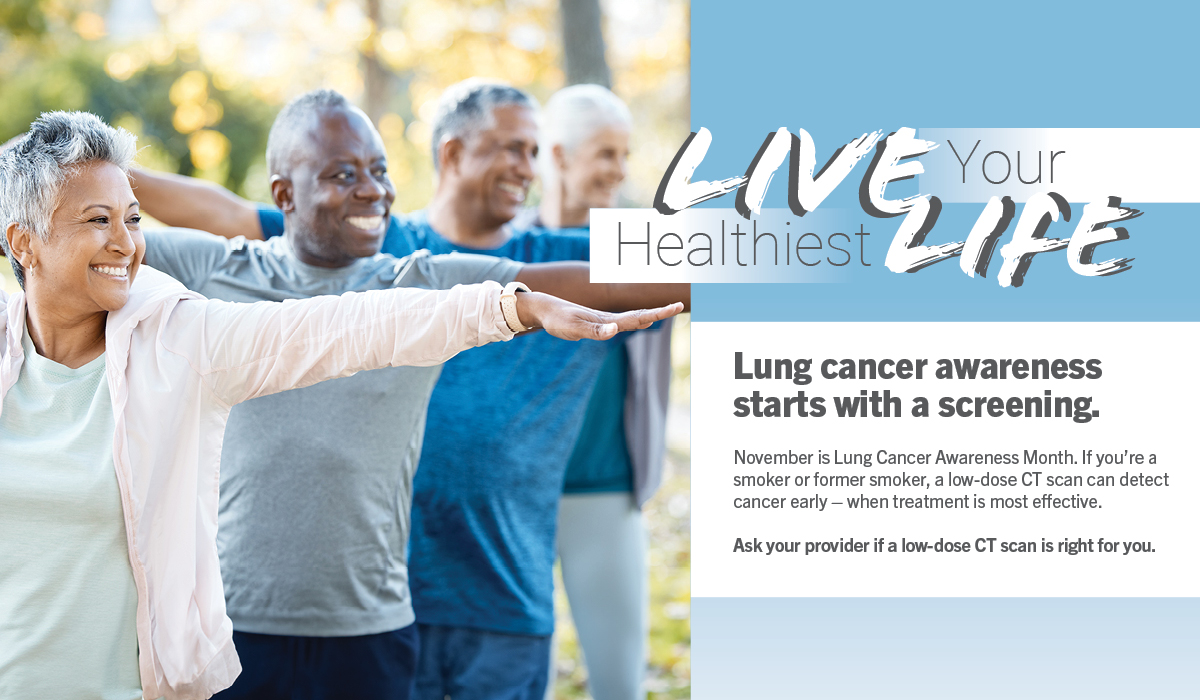
Lung Cancer Screening: What You Should Know
November 13, 2025By: Sulaiman Tijani, MD, Sovah Pulmonology – Danville & Jennifer Flinchum, FNP-C, Sovah Pulmonology – Martinsville Lung cancer is the second-most common cancer in the United States, and the most common cause of cancer-related death. Many things can contribute to your risk of developing lung cancer – such as your genes, your family history of…
Learn more -
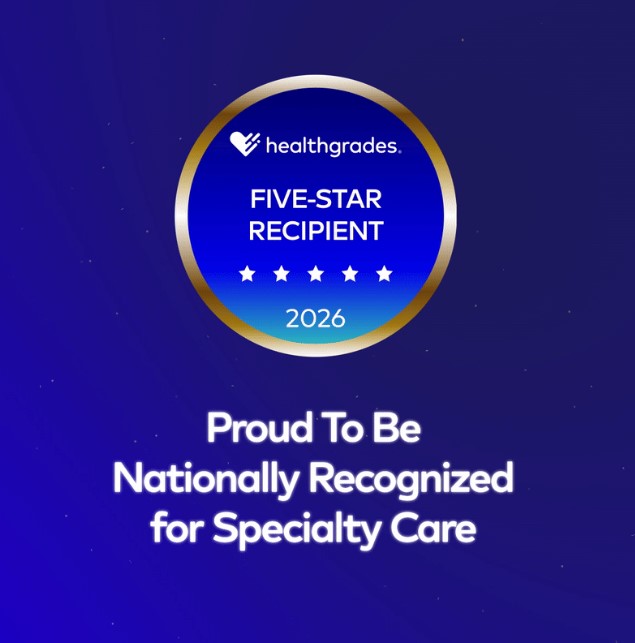
Sovah Health Honored With Five-Star Ratings for Specialty Care from Healthgrades
October 28, 2025Healthgrades recognizes Sovah Health for exceptional performance in Orthopedics, Gastro, and Critical Care
Learn more -
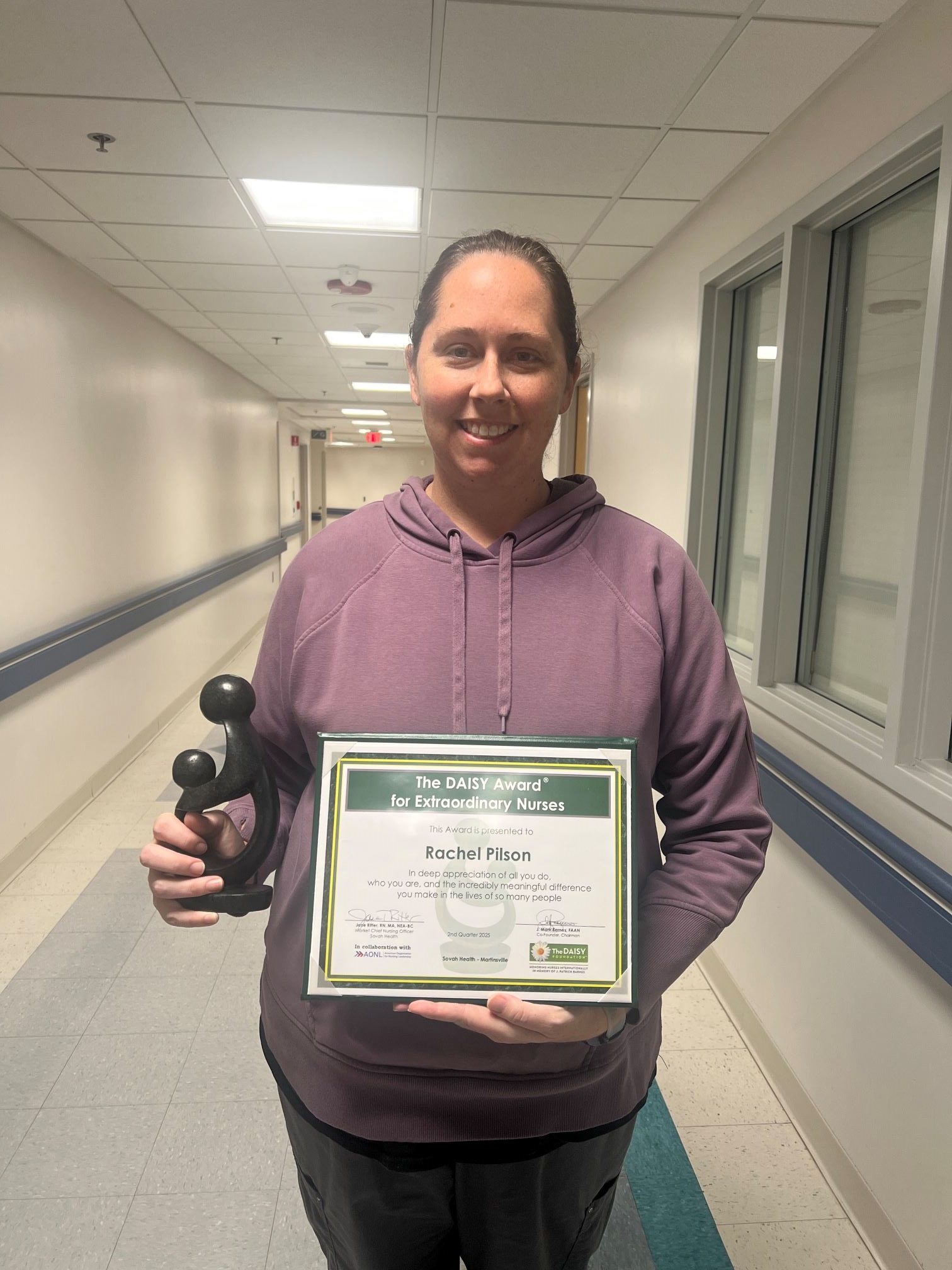
Sovah Health – Martinsville Honors DAISY Award Winner
October 22, 2025Rachel Pilson, RN of Sovah Health – Martinsville was honored recently with The DAISY Award® For Extraordinary Nurses. The award is part of the DAISY Foundation's programs to recognize the super-human efforts nurses perform every day.
Learn more -
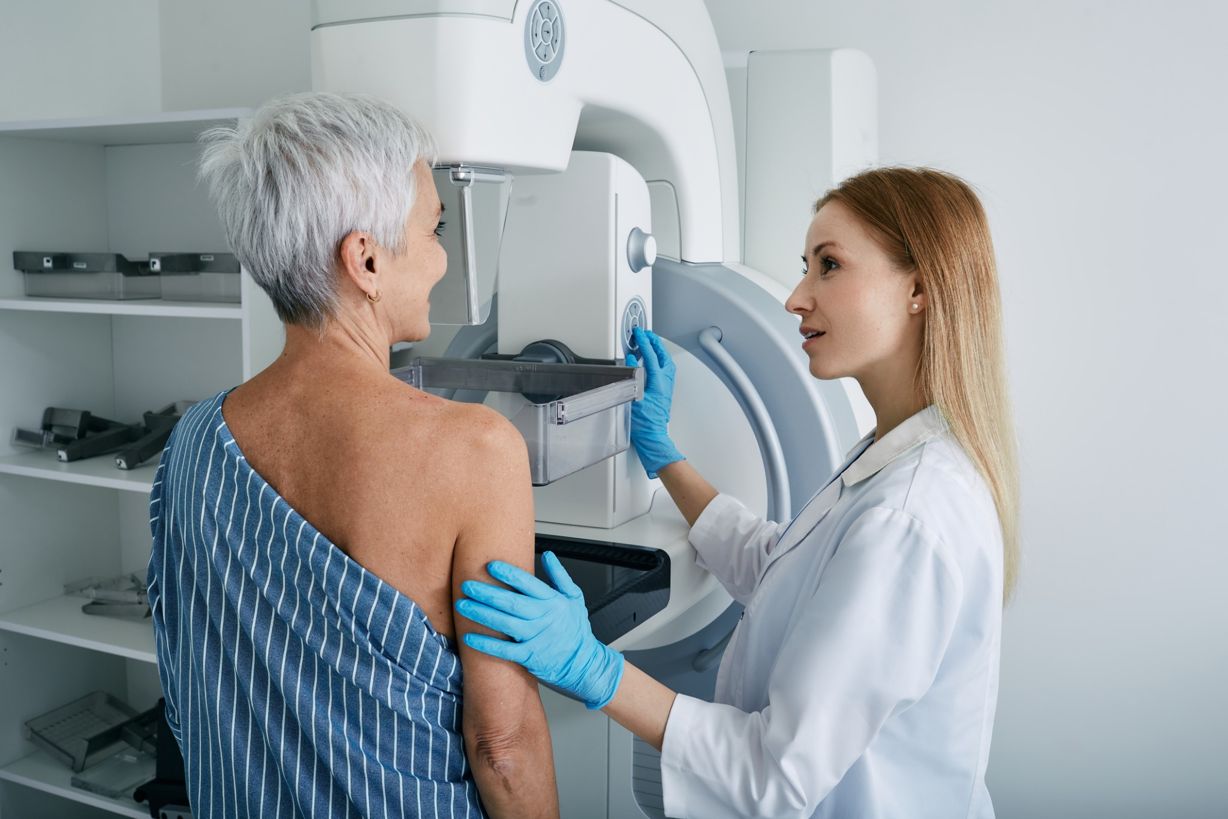
What Does Breast Cancer Look Like in Its Early Stages?
October 21, 2025Breast cancer is one of the most common cancers in women, and early detection can dramatically improve outcomes. But what does breast cancer actually look like in its earliest stages? It’s not always a visible lump – early signs can be subtle, and knowing what to watch for can make all the difference. Below are some common early signs and symptoms to be…
Learn more -
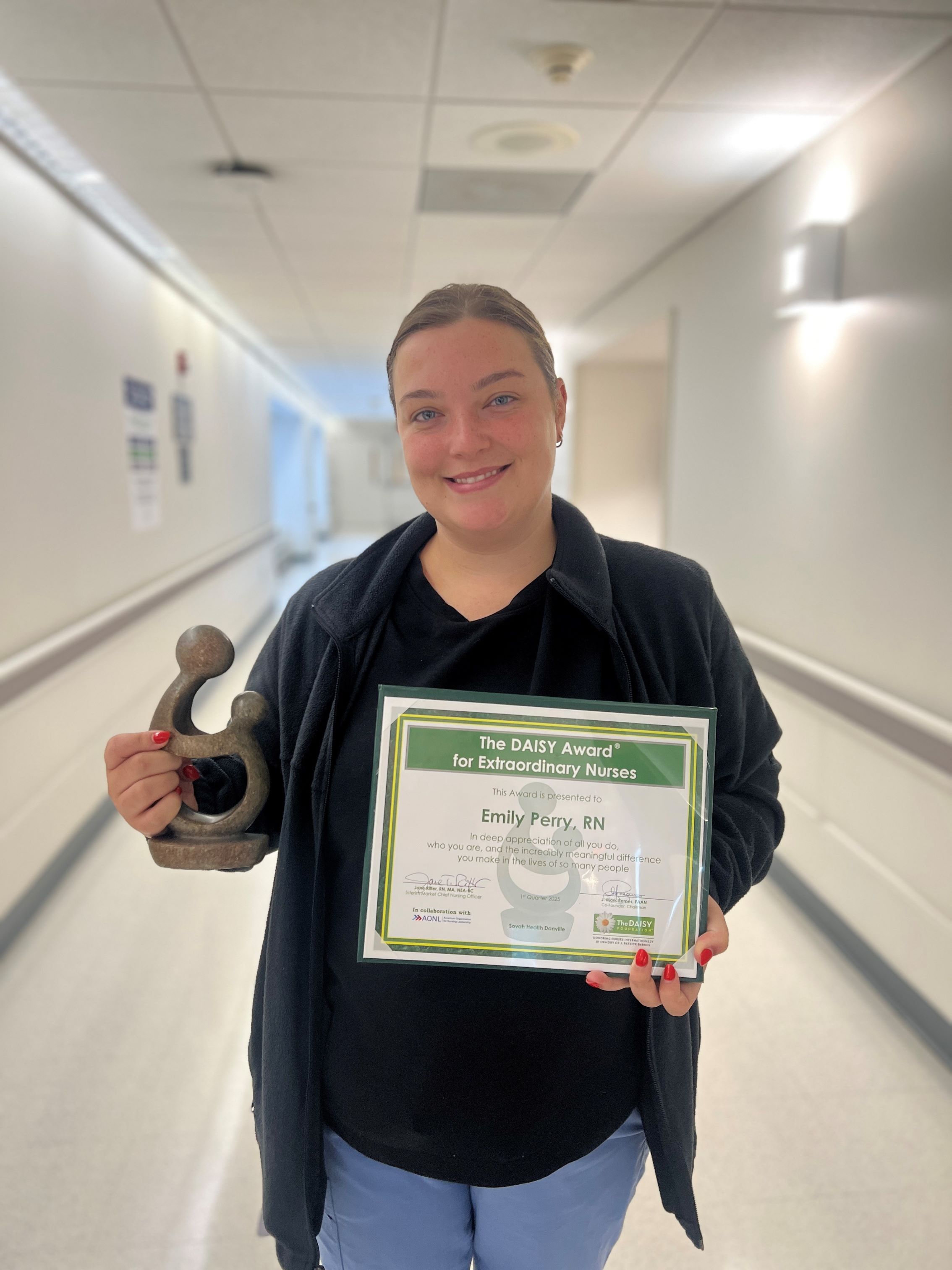
Sovah Health – Danville Honors DAISY Award Winner
October 07, 2025Emily Perry, RN of Sovah Health – Danville was honored recently with The DAISY Award® For Extraordinary Nurses. The award is part of the DAISY Foundation's programs to recognize the super-human efforts nurses perform every day.
Learn more -

Sovah Health Welcomes New Primary Care Provider
September 29, 2025Sovah Health announced that Naga Sudireddy, MD has joined Sovah Physician Practices and is providing primary care for patients at Sovah Internal Medicine – Danville.
Learn more -
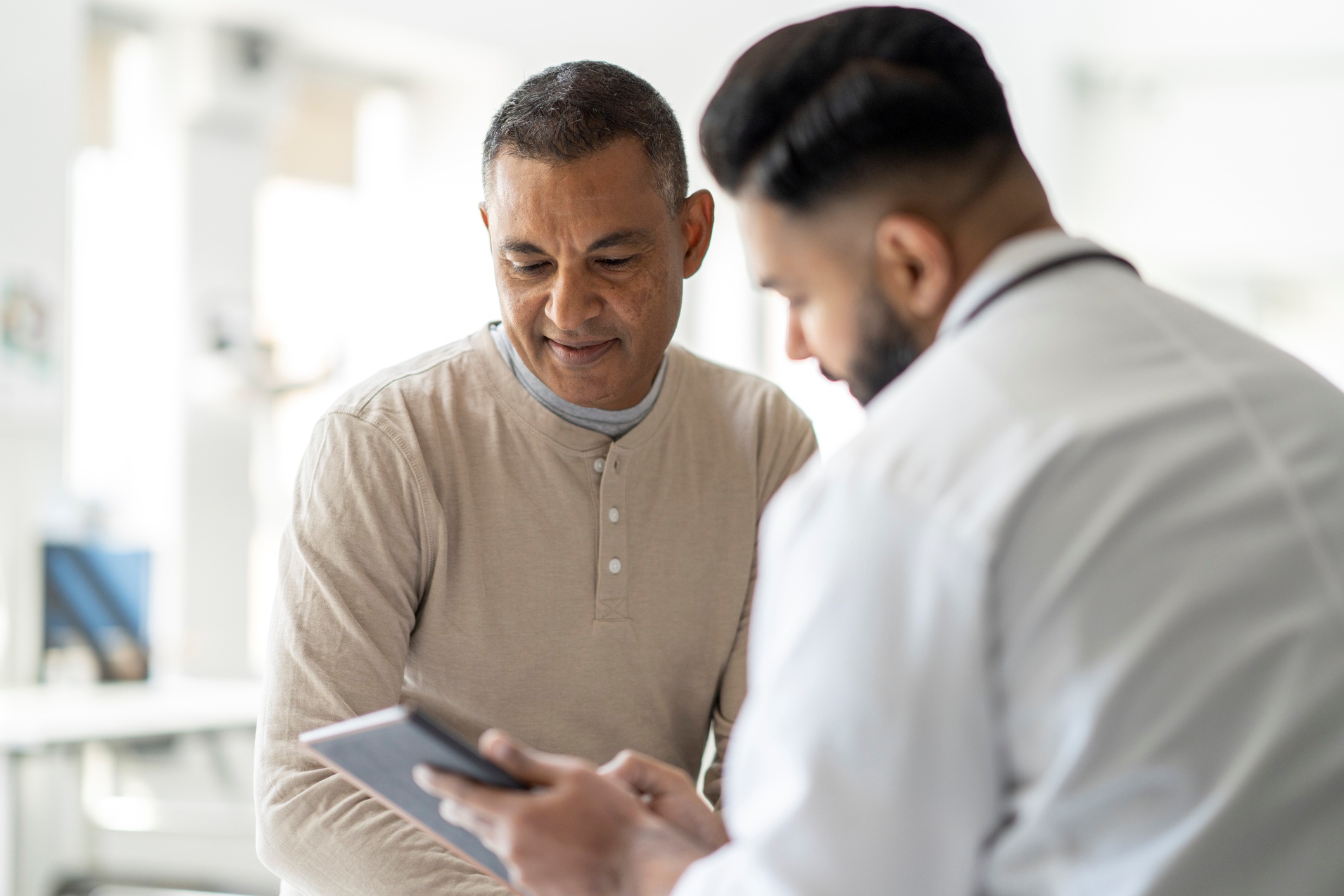
Why You Shouldn’t Skip Your Annual Physical: Screenings That Save Lives
September 26, 2025Many people put off their annual physical, if they feel fine, there’s no urgent need to visit the doctor. But skipping your yearly check-up can mean missing the early signs of serious conditions that are often treatable if caught early. At Sovah Health, we believe prevention is just as important as treatment. Your annual physical is a chance to check in…
Learn more -
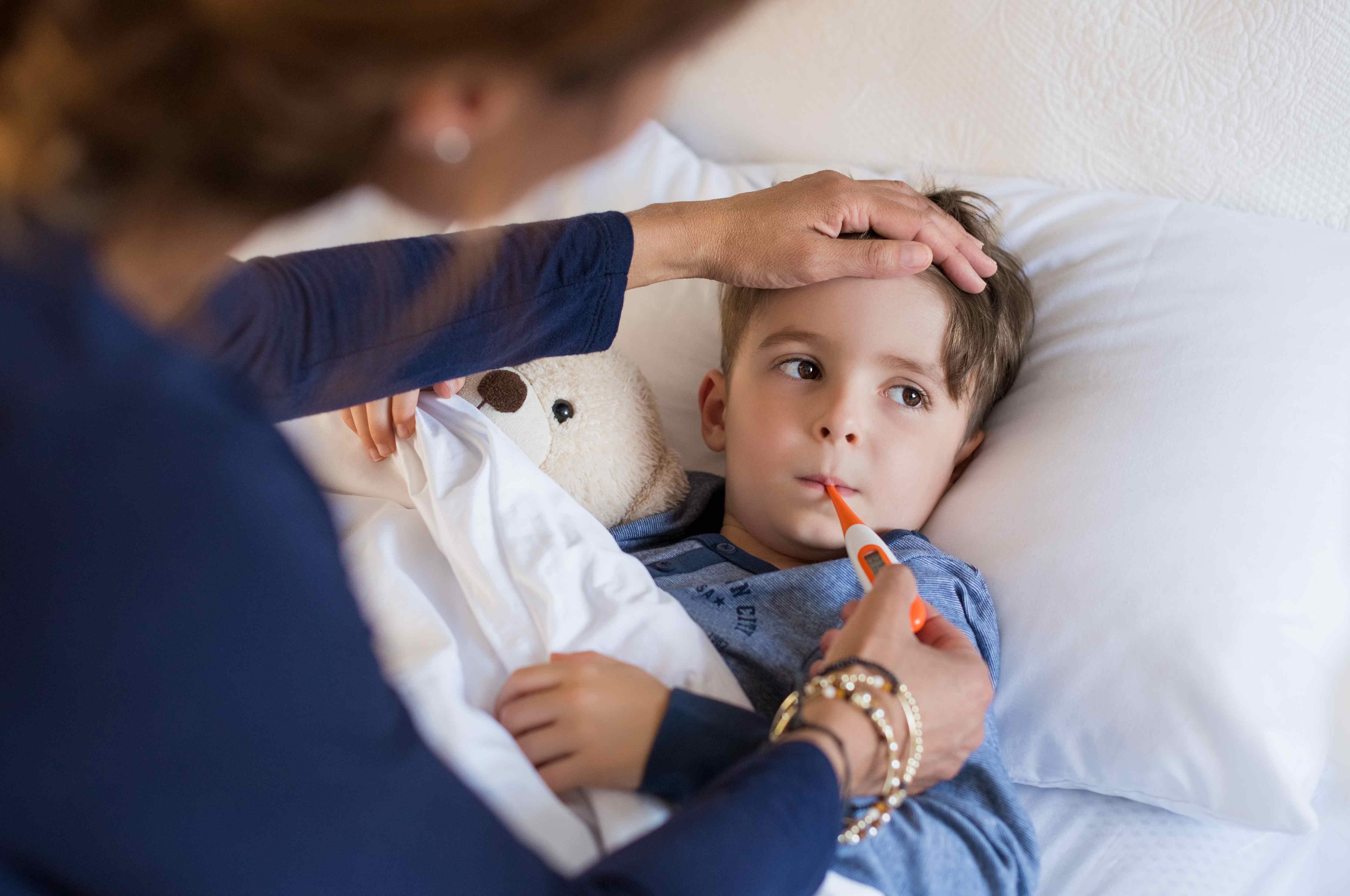
How to Protect Your Child from Fall Viruses like Flu, RSV, and COVID
September 05, 2025In warmer parts of the country like southern Virginia, respiratory virus season can begin as early as September and stretch well into the winter. With kids back in school, viruses like flu, RSV, and COVID-19 start spreading quickly – especially among young children whose immune systems are still developing. As a parent, you can take steps now to help…
Learn more -
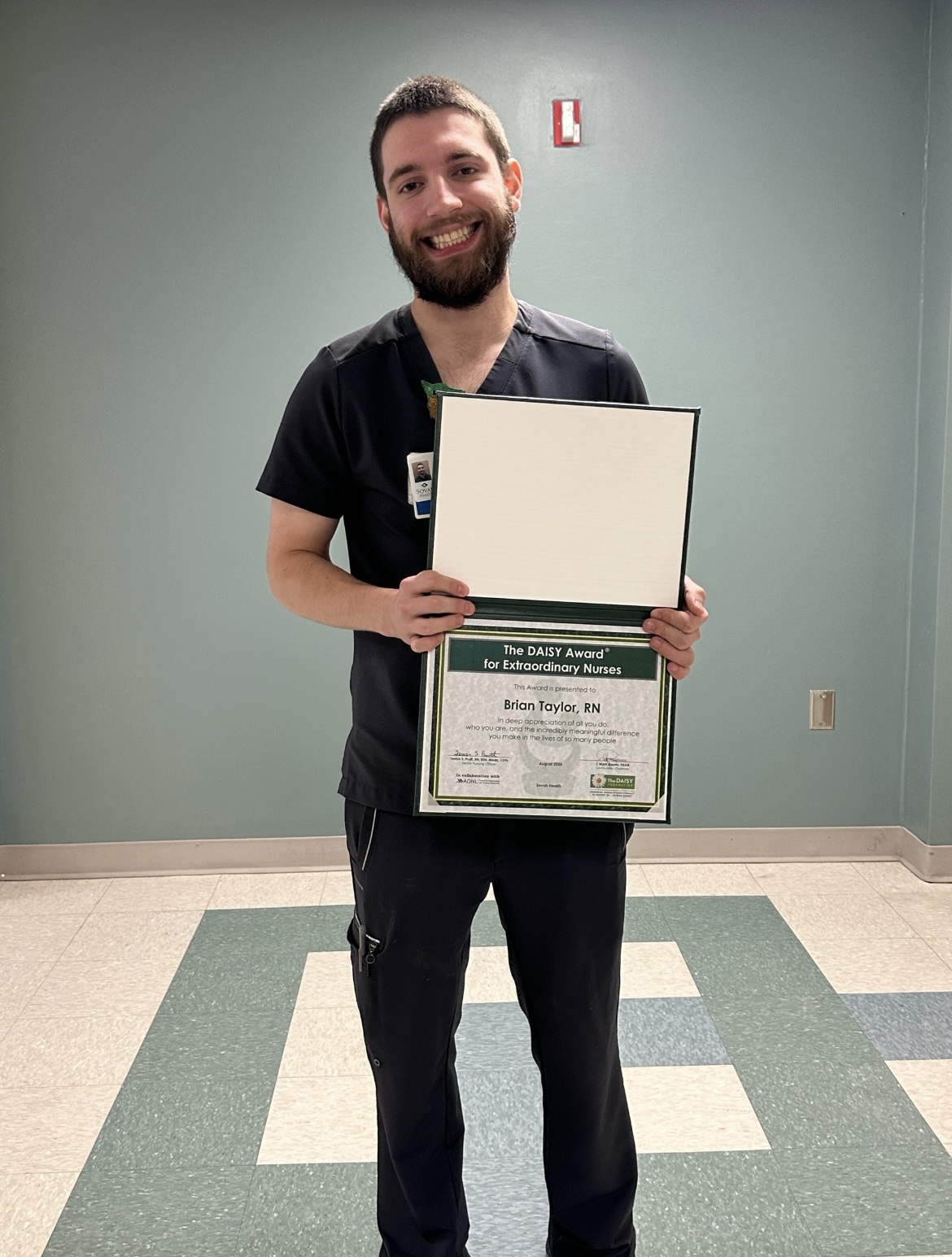
Sovah Health – Martinsville Honors DAISY Award Winner
September 02, 2025Brian Taylor, RN of Sovah Health – Martinsville was honored with The DAISY Award® For Extraordinary Nurses. The award is part of the DAISY Foundation's programs to recognize the super-human efforts nurses perform every day.
Learn more -
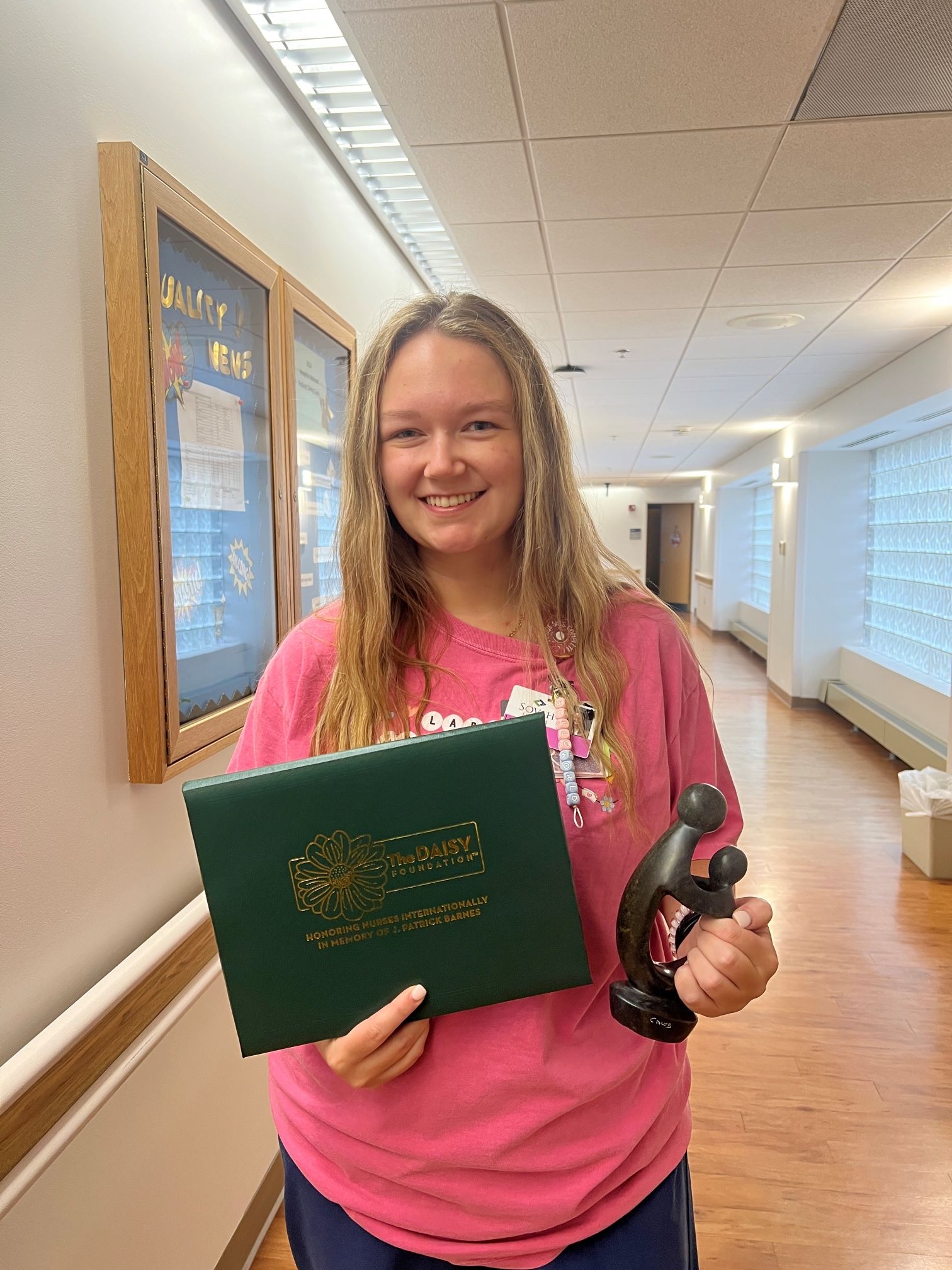
Sovah Health – Danville Honors DAISY Award Winner
August 18, 2025Lauren Scearce, RN of Sovah Health – Danville was honored today with The DAISY Award® For Extraordinary Nurses. The award is part of the DAISY Foundation's programs to recognize the super-human efforts nurses perform every day.
Learn more -
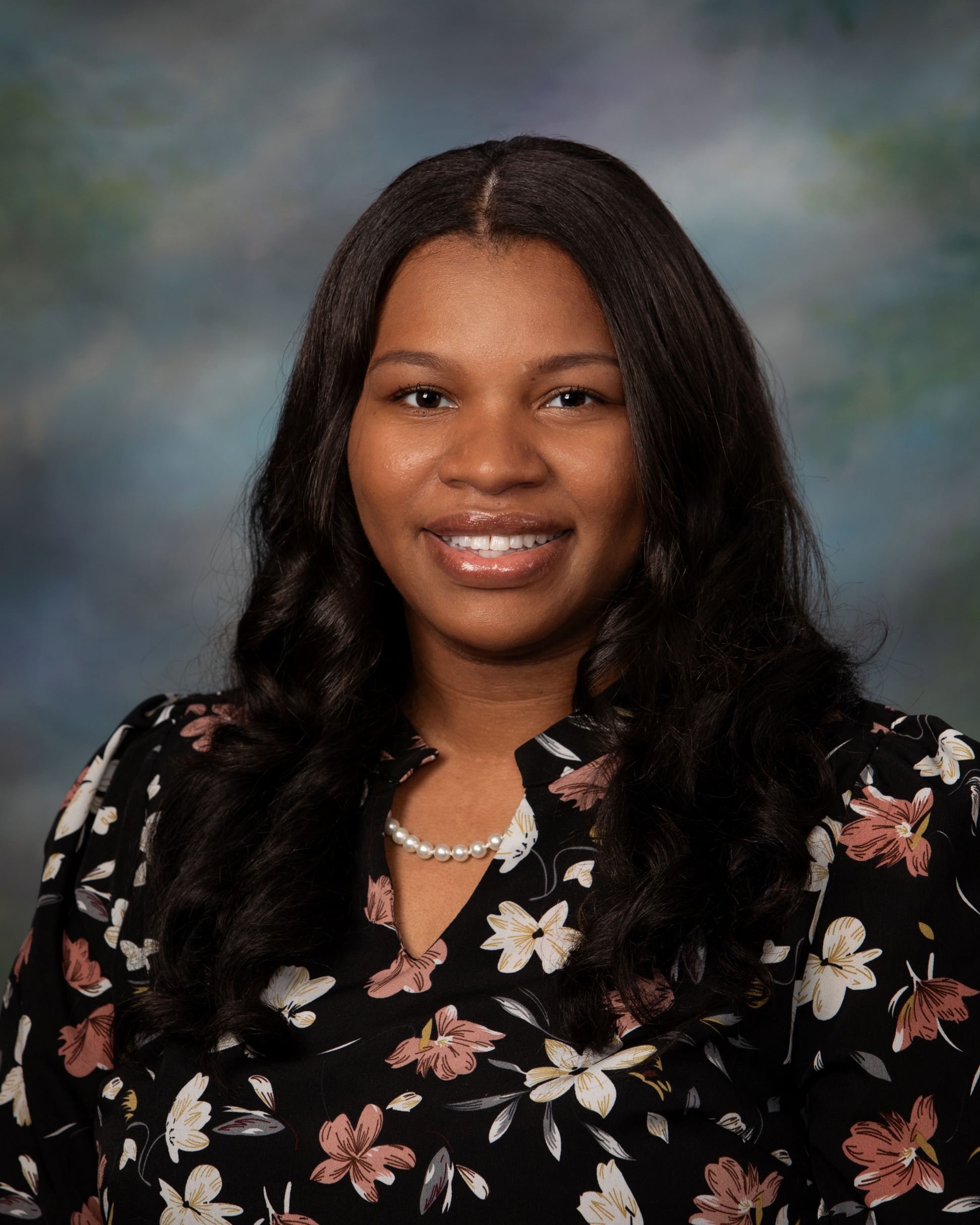
Sovah Health Welcomes New Nurse Practitioner
August 13, 2025Sovah Health announced today that Valerie Baines, FNP has joined Sovah Physician Practices and is providing gastroenterology services for Sovah Gastroenterology – Martinsville.
Learn more -
.jpg)
Why Mosquito-Borne Illnesses Are on the Rise — and How to Protect Yourself
August 01, 2025Warmer weather and standing water are fueling a surge in mosquito-borne diseases. Here’s what you need to know and how to prevent them.
Learn more -
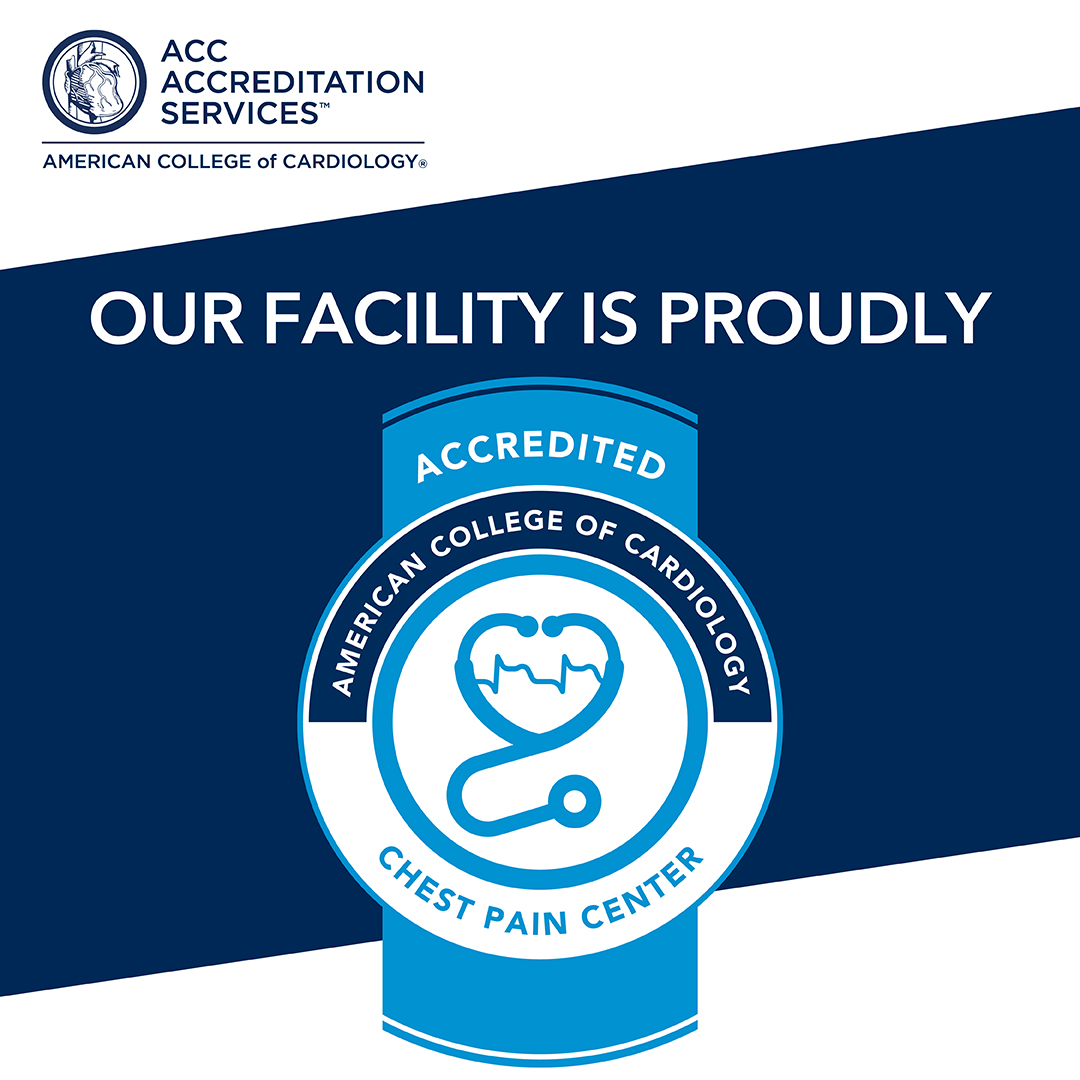
Sovah Health Re-accredited as a Chest Pain Center
July 24, 2025The American College of Cardiology (ACC) Accreditation Services has recognized Sovah Health for its demonstrated expertise and commitment in treating patients with chest pain. The hospital was awarded Chest Pain Center Reaccreditation based on rigorous onsite evaluation of the staff’s ability to evaluate, diagnose and treat patients who may be experiencing a heart attack.
Learn more -

Summertime Safety: How to Keep Cool and Healthy All Summer Long
July 22, 2025School’s out and that means one thing: summer is officially here! As the days grow longer and brighter, many of us will be taking full advantage of summer, whether its enjoying backyard barbeques, lazy days by the pool or even the occasional fireworks display. No matter how you choose to enjoy your summer, it’s important to stay alert and protect yourself and your family from potential threats to your health and safety.
Learn more -
Spectrum Medical to Join Sovah Physician Practices
June 06, 2025Sovah Health and Spectrum Medical jointly announced today the health system will be acquiring the specialty group effective July 1.
Learn more -
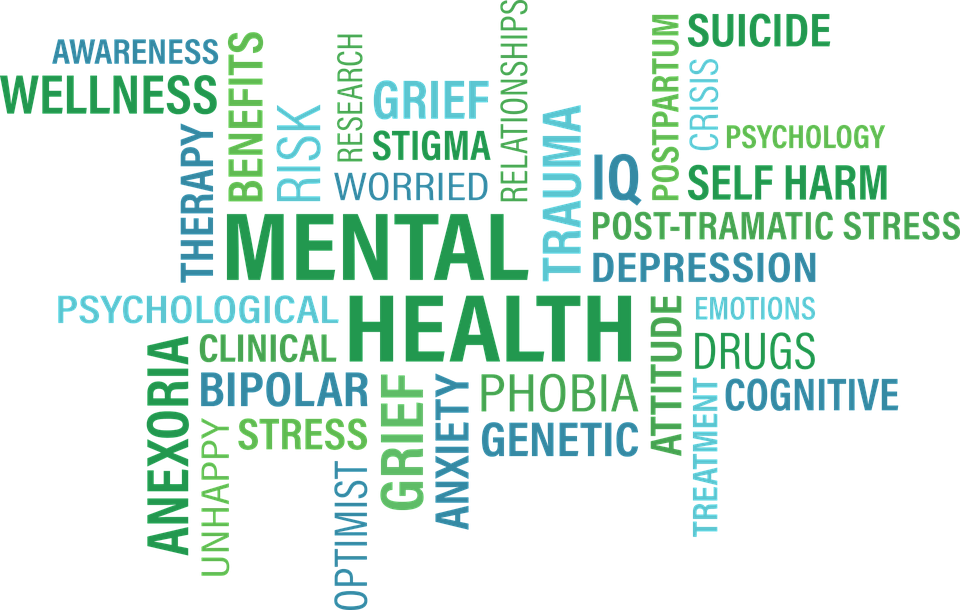
Matter of the Mind: Why Your Mental Health Matters and How You Can Care for It
May 29, 2025When you think about your health, what first comes to mind? For many – if not most – of us, it’s probably our physical health.
Learn more -
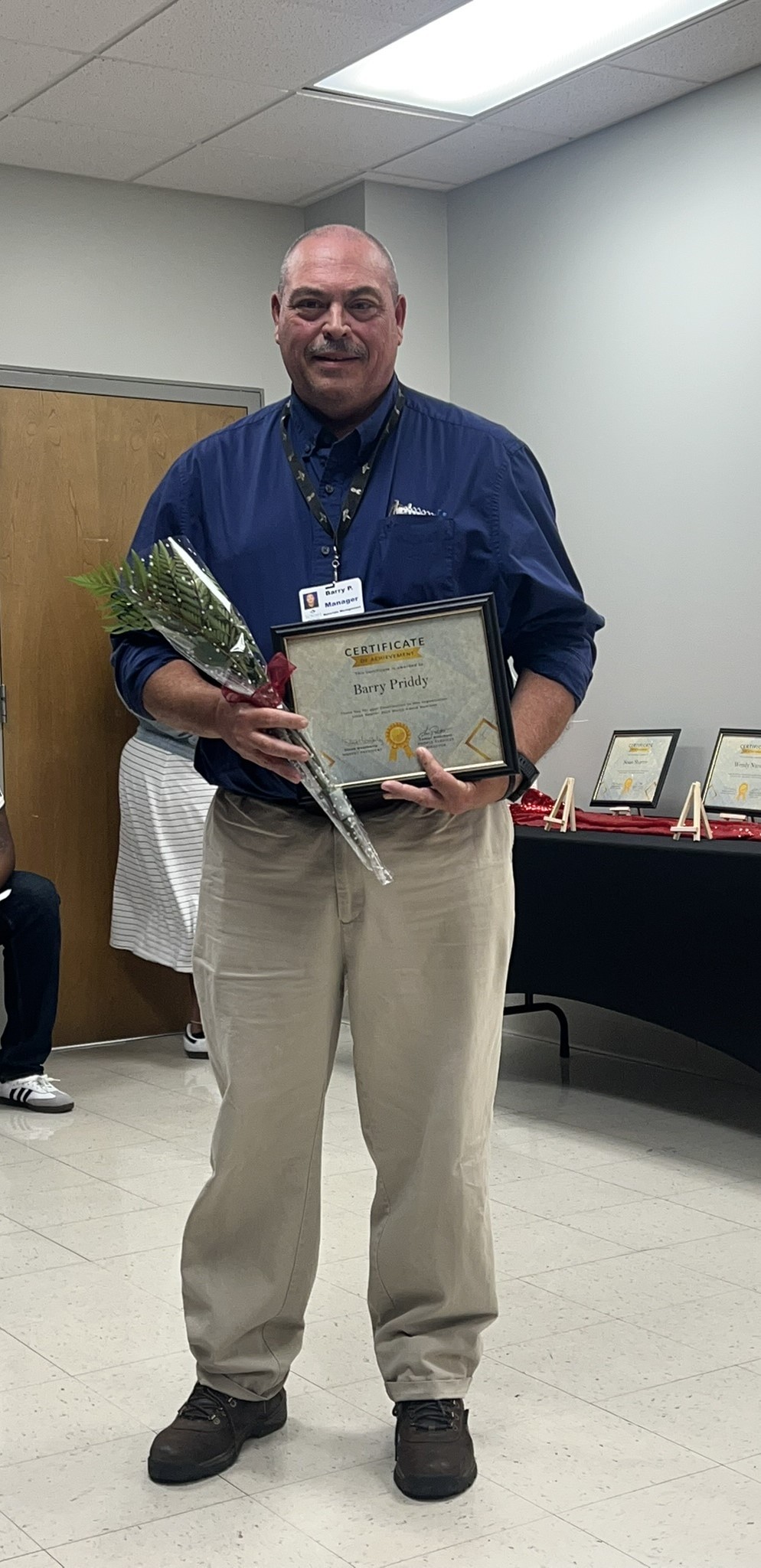
Sovah Health – Martinsville Names 2025 Mercy Award Winner
May 22, 2025Sovah Health – Martinsville recently announced that Barry Priddy has been recognized as the facility’s 2025 Mercy Award winner.
Learn more -

Sovah Health – Danville Names 2025 Mercy Award Winner
May 21, 2025Sovah Health – Danville recently announced that Kim Doss has been recognized as the facility’s 2025 Mercy Award winner.
Learn more
